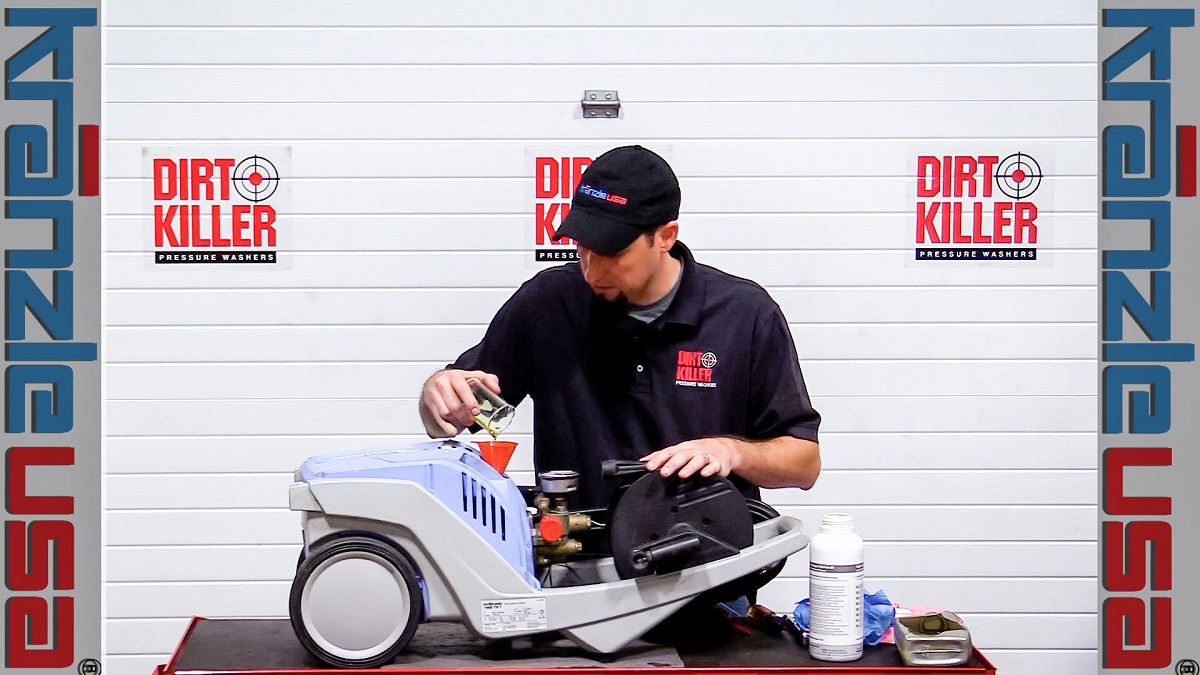

Articles
How To Change Oil In A Pressure Washer
Modified: February 28, 2024
Learn how to change oil in a pressure washer with our informative articles. Improve the performance and longevity of your equipment.
(Many of the links in this article redirect to a specific reviewed product. Your purchase of these products through affiliate links helps to generate commission for Storables.com, at no extra cost. Learn more)
Introduction
Changing the oil in your pressure washer is a crucial maintenance task that helps to ensure optimal performance and extend the life of the machine. Just like any other engine, the oil in a pressure washer can become dirty and lose its lubricating properties over time. By regularly changing the oil, you can remove impurities and replenish the lubrication for smooth operation.
In this article, we will guide you through the step-by-step process of changing the oil in a pressure washer. Before we dive into the procedure, let’s discuss the importance of this maintenance task.
As the engine in your pressure washer runs, it generates heat, which can cause the oil to break down and become less effective in lubricating the internal components. Additionally, dirt and debris can accumulate in the oil over time, further reducing its effectiveness. This can lead to decreased performance, increased wear and tear, and potential engine damage.
Regular oil changes can help to prevent these issues by providing fresh oil that can effectively lubricate the engine and protect it from excessive wear. It is recommended to change the oil in your pressure washer every 50 hours of use or at least once a year, whichever comes first. However, if you notice any signs of degraded oil, such as a significant decrease in performance or unusual noises, it is best to change the oil immediately.
Now that you understand the importance of changing the oil in your pressure washer, let’s move on to the tools and materials you will need for this task.
Key Takeaways:
- Regularly changing the oil in your pressure washer is crucial for optimal performance, longevity, and preventing potential engine damage. Follow the step-by-step process to maintain efficient cleaning power for years to come.
- Properly disposing of the old oil is essential to protect the environment and prevent contamination of water sources. By handling used oil responsibly, you contribute to a cleaner and greener planet.
Read more: What Kind Of Oil For Pressure Washer
Tools and Materials Needed
Before you begin the oil change process, gather the following tools and materials:
- Socket set or wrench
- Oil filter wrench (if applicable)
- Oil catch pan
- Funnel
- New oil (check your pressure washer’s manual for the recommended oil type and quantity)
- Rags or paper towels
- Disposable gloves
Once you have these tools and materials ready, you can proceed to the next step of preparing your pressure washer for the oil change.
Step 1: Prepare the Pressure Washer
Before you can change the oil in your pressure washer, it’s important to properly prepare the machine. Here’s how:
- Turn off the pressure washer and disconnect any power sources. This will ensure your safety and prevent the machine from accidentally turning on during the oil change process.
- Place the pressure washer on a flat, stable surface. This will provide stability and make it easier to access the oil drain plug.
- Locate the oil fill cap or dipstick. This is typically located on the top or side of the engine. Refer to your pressure washer’s manual if you’re unsure about the exact location.
- Remove the oil fill cap or dipstick and wipe it clean with a rag or paper towel.
By following these steps, you are ensuring that the pressure washer is in a safe and accessible position for the oil change. Now that the pressure washer is prepared, we can move on to draining the old oil in the next step.
Step 2: Drain the Old Oil
Now that you have prepared the pressure washer, it’s time to drain the old oil. Follow these steps:
- Locate the oil drain plug. This is typically situated at the bottom of the engine, near the base. Check your pressure washer’s manual if you’re unsure about the exact location.
- Place an oil catch pan underneath the oil drain plug to collect the old oil as it drains out.
- Loosen the oil drain plug using a socket set or wrench. Be careful not to fully remove it yet, as hot oil may start flowing out immediately.
- Slowly and carefully unscrew the oil drain plug, allowing the old oil to drain completely into the oil catch pan. Make sure to hold the plug securely to prevent it from falling into the pan.
- Once all the old oil has drained out, wipe the oil drain plug clean and set it aside.
It’s important to note that the old oil may be hot, so exercise caution and wear gloves to protect your hands from any heat or oil splatters. With the old oil drained, you can now move on to the next step of choosing the right oil type.
Step 3: Choose the Right Oil Type
Choosing the proper oil type for your pressure washer is essential to ensure optimal performance and longevity of the engine. Here’s what you need to consider when selecting the right oil:
- Refer to your pressure washer’s manual: The manufacturer’s manual will provide specific guidelines on the recommended oil type. It will typically specify the oil viscosity (thickness) and any specific requirements for your particular model.
- Consider the climate: If you frequently use your pressure washer in extreme temperatures, such as very hot or very cold conditions, you may need different oil viscosities. Thicker oil may be required for hot climates to prevent thinning, while thinner oil may be needed for cold climates to ensure smooth startup.
- Purchase oil designed for pressure washers: While some pressure washers can use standard motor oil, it is generally recommended to use oil specifically formulated for pressure washers. These oils are designed to withstand the high temperatures and pressures experienced by pressure washer engines.
- Choose a reputable brand: Opt for high-quality oils from trusted brands to ensure superior performance and protection for your pressure washer engine.
Based on these considerations, select the appropriate oil type for your pressure washer. Once you have chosen the right oil, you can proceed to the next step of filling the pressure washer with new oil.
Before changing the oil in your pressure washer, make sure to run the engine for a few minutes to warm up the oil. This will make it easier to drain and ensure that all contaminants are removed.
Read more: How To Change Ryobi Pressure Washer Nozzle
Step 4: Fill the Pressure Washer with New Oil
Now that you have chosen the right oil, it’s time to fill your pressure washer with fresh oil. Follow these steps:
- Locate the oil fill cap or dipstick, which you previously removed in Step 1.
- Using a funnel, carefully pour the new oil into the oil fill opening. Take care not to overfill the engine, as this can cause damage. Refer to your pressure washer’s manual for the recommended oil capacity.
- Slowly add the oil in small increments, pausing occasionally to check the oil level using the dipstick or oil fill cap. This will help you ensure that you don’t exceed the proper fill level.
- Once you reach the recommended oil level, securely tighten the oil fill cap.
It’s important to note that you should never mix different types or brands of oil. Stick to a single type and brand to ensure consistent performance and avoid any potential chemical reactions between the oils.
With the new oil added, you’re almost finished. Continue to the next step to check the oil level in your pressure washer.
Step 5: Check the Oil Level
After filling your pressure washer with new oil, it’s crucial to ensure that the oil level is at the proper capacity. Here’s how to check the oil level:
- Locate the oil dipstick or oil level indicator on your pressure washer. It is usually located near the oil fill cap.
- Remove the dipstick or unscrew the oil level indicator.
- Wipe the dipstick or indicator clean with a rag or paper towel.
- Insert the dipstick back into the oil fill tube, or screw the oil level indicator back into its place.
- Remove the dipstick or indicator again and check the oil level.
The dipstick or indicator will have markers indicating the proper oil level range. Ideally, the oil level should be between the minimum and maximum markers on the dipstick or indicator. If the oil level is below the minimum marker, you may need to add a little more oil. If the oil level is above the maximum marker, you will need to carefully remove some oil to bring it within the proper range.
Remember to refer to your pressure washer’s manual for the specific oil level requirements, as different models may vary slightly.
Once you have confirmed that the oil level is at the correct capacity, you can proceed to the final step of disposing the old oil properly.
Step 6: Dispose the Old Oil Properly
After completing the oil change in your pressure washer, it’s important to dispose of the old oil in an environmentally responsible manner. Here’s how to do it:
- Allow the old oil to cool down completely, as hot oil can cause burns and is hazardous to handle.
- Using a funnel, carefully pour the old oil from the oil catch pan into a clean, leak-proof container that is suitable for storing used oil.
- Seal the container tightly to prevent any spills or leaks.
- Check your local regulations and guidelines for used oil disposal to determine the proper and legal methods in your area. Many communities have designated recycling centers or collection sites where you can drop off your used oil for proper recycling.
- Avoid pouring the used oil down drains, into the soil, or into regular trash bins, as this can harm the environment.
Remember that used oil is considered hazardous waste, and it is crucial to handle and dispose of it responsibly to protect the environment and prevent contamination of water sources. By following proper disposal procedures, you are contributing to a cleaner and greener planet.
Congratulations! You have successfully changed the oil in your pressure washer, maintaining its performance and ensuring its longevity. Regular oil changes are crucial for optimal operation, so be sure to keep track of the hours of use or the recommended maintenance interval and perform oil changes accordingly.
By properly maintaining your pressure washer, you can enjoy efficient cleaning power for years to come.
Conclusion
Regularly changing the oil in your pressure washer is a vital maintenance task that helps to maintain its performance, extend its lifespan, and prevent potential engine damage. By following the step-by-step process outlined in this article, you can easily and effectively change the oil in your pressure washer.
Starting with the preparation of the pressure washer and draining the old oil, to selecting the right oil type, filling the pressure washer with new oil, checking the oil level, and disposing of the old oil responsibly, each step plays a crucial role in ensuring that your pressure washer operates at its best.
Remember to refer to your pressure washer’s manual for specific instructions and recommended oil types and quantities. Additionally, always prioritize your safety by wearing protective gloves and being cautious when handling hot oil.
By regularly changing the oil in your pressure washer, you not only enhance its performance but also promote its longevity. This maintenance task is a small investment of time and effort that yields significant benefits in terms of efficiency, reliability, and cost-effectiveness in the long run.
So, don’t neglect this important maintenance task. Take the time to change the oil in your pressure washer as recommended, and enjoy the satisfaction of a well-maintained machine that consistently delivers its cleaning power.
Frequently Asked Questions about How To Change Oil In A Pressure Washer
Was this page helpful?
At Storables.com, we guarantee accurate and reliable information. Our content, validated by Expert Board Contributors, is crafted following stringent Editorial Policies. We're committed to providing you with well-researched, expert-backed insights for all your informational needs.
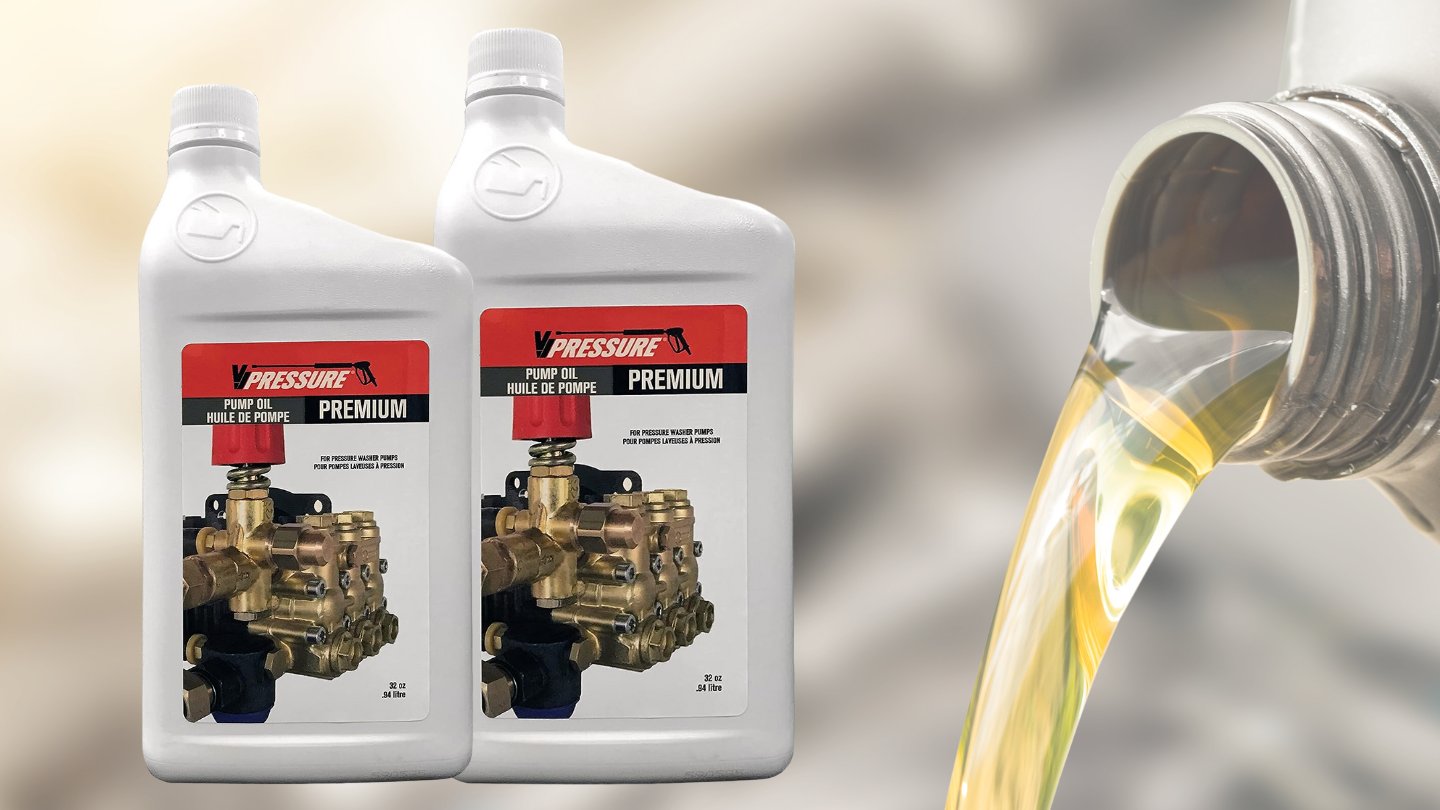
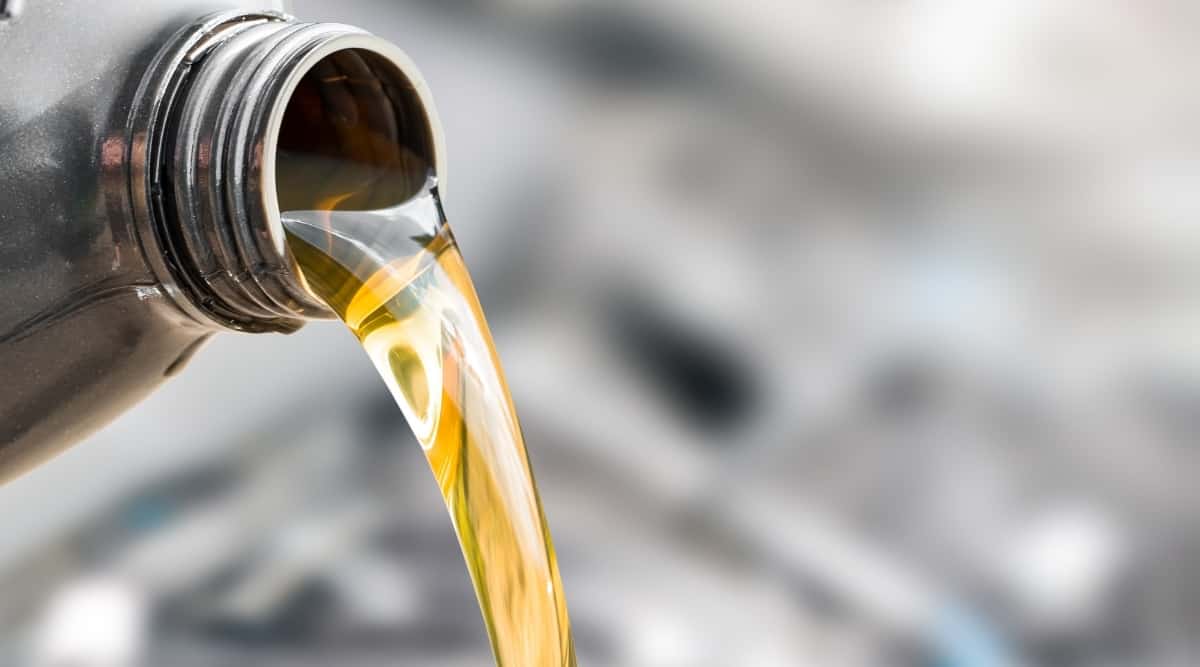
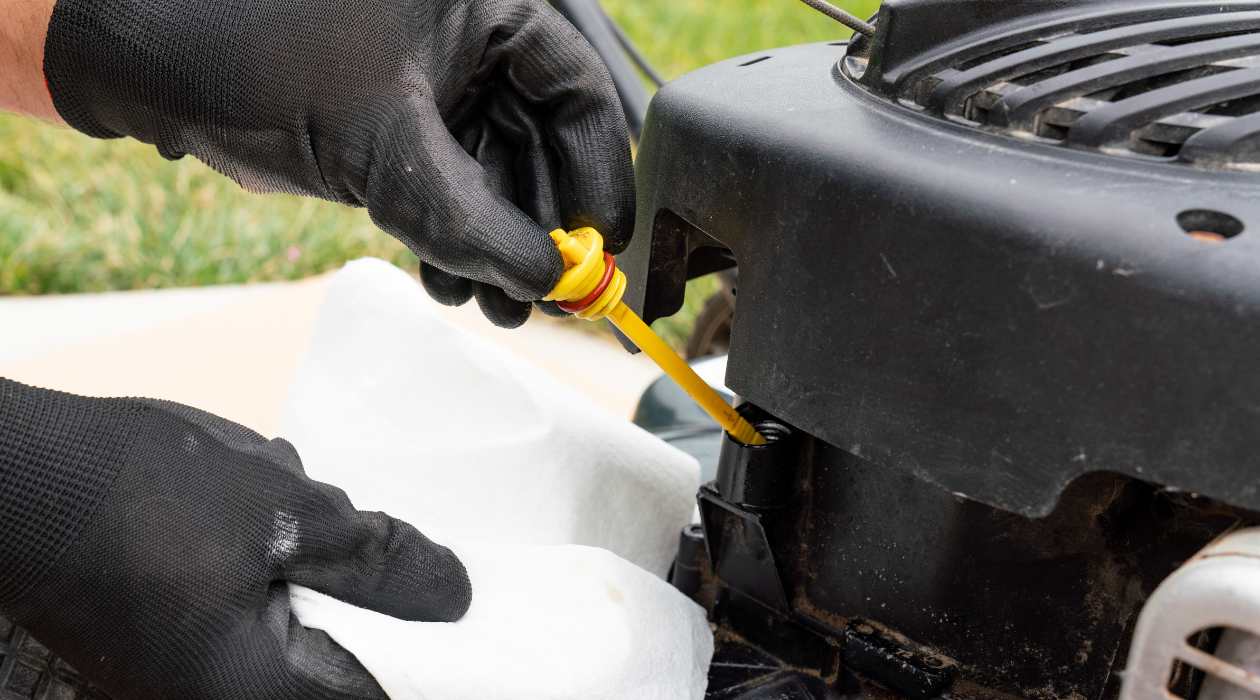
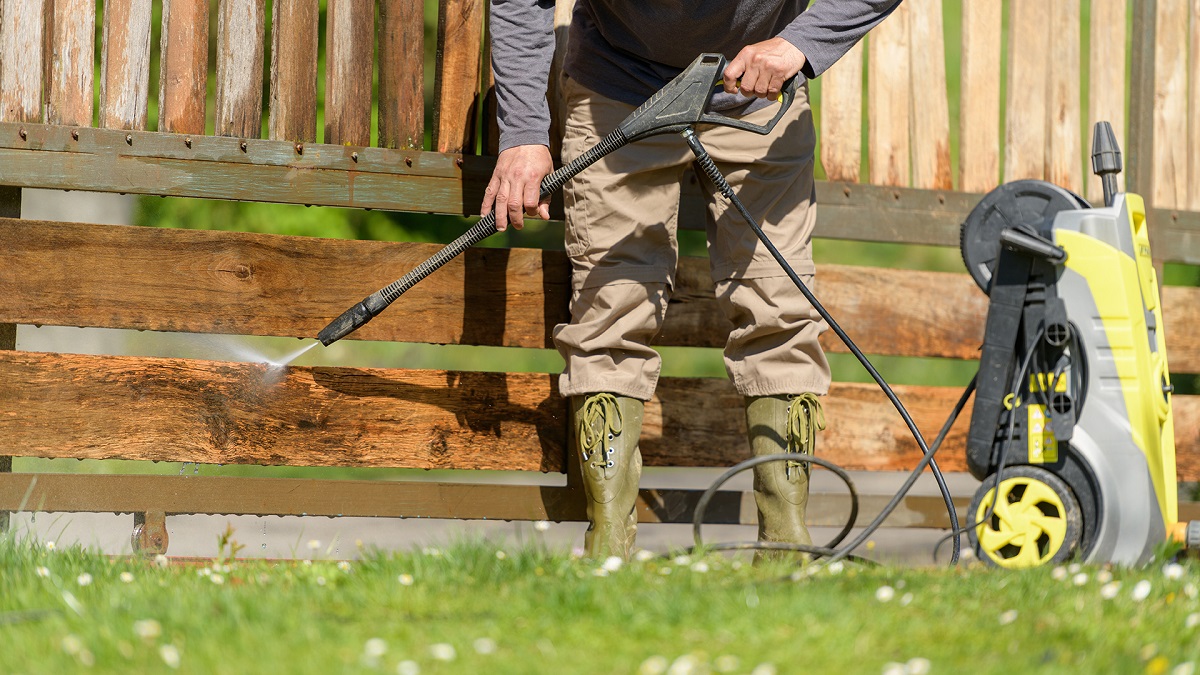
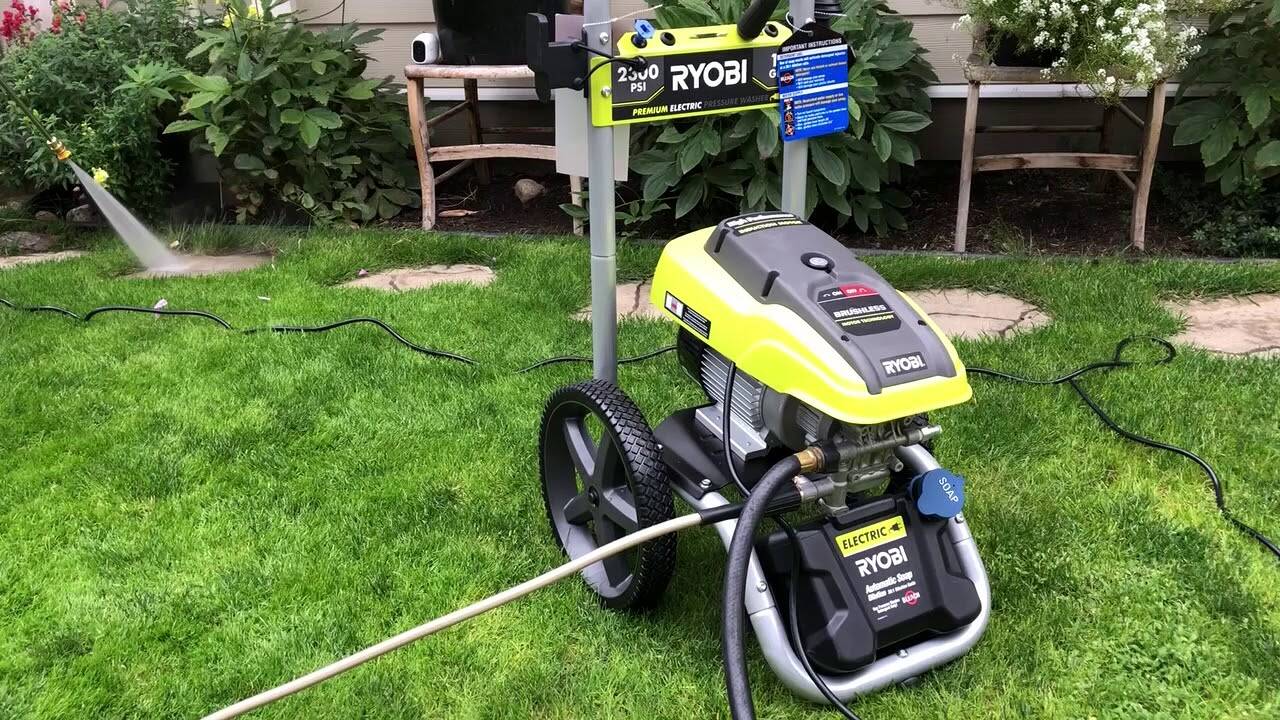
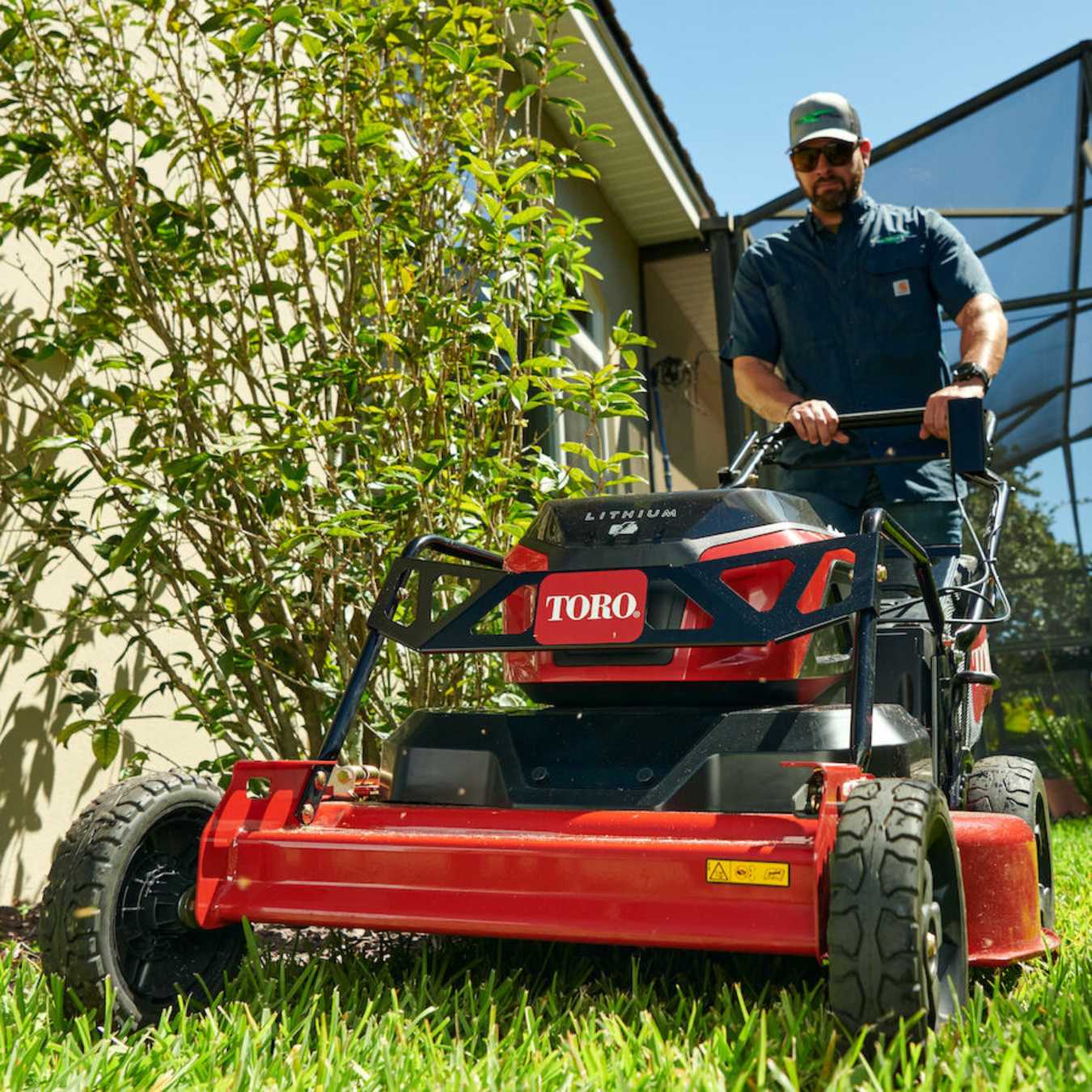
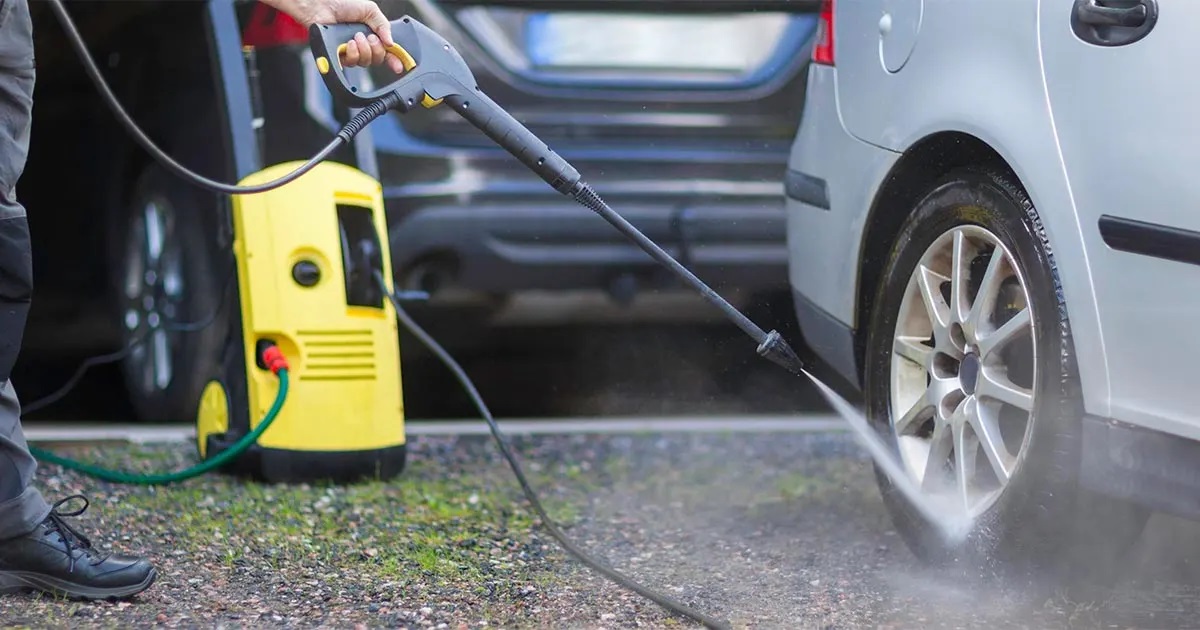
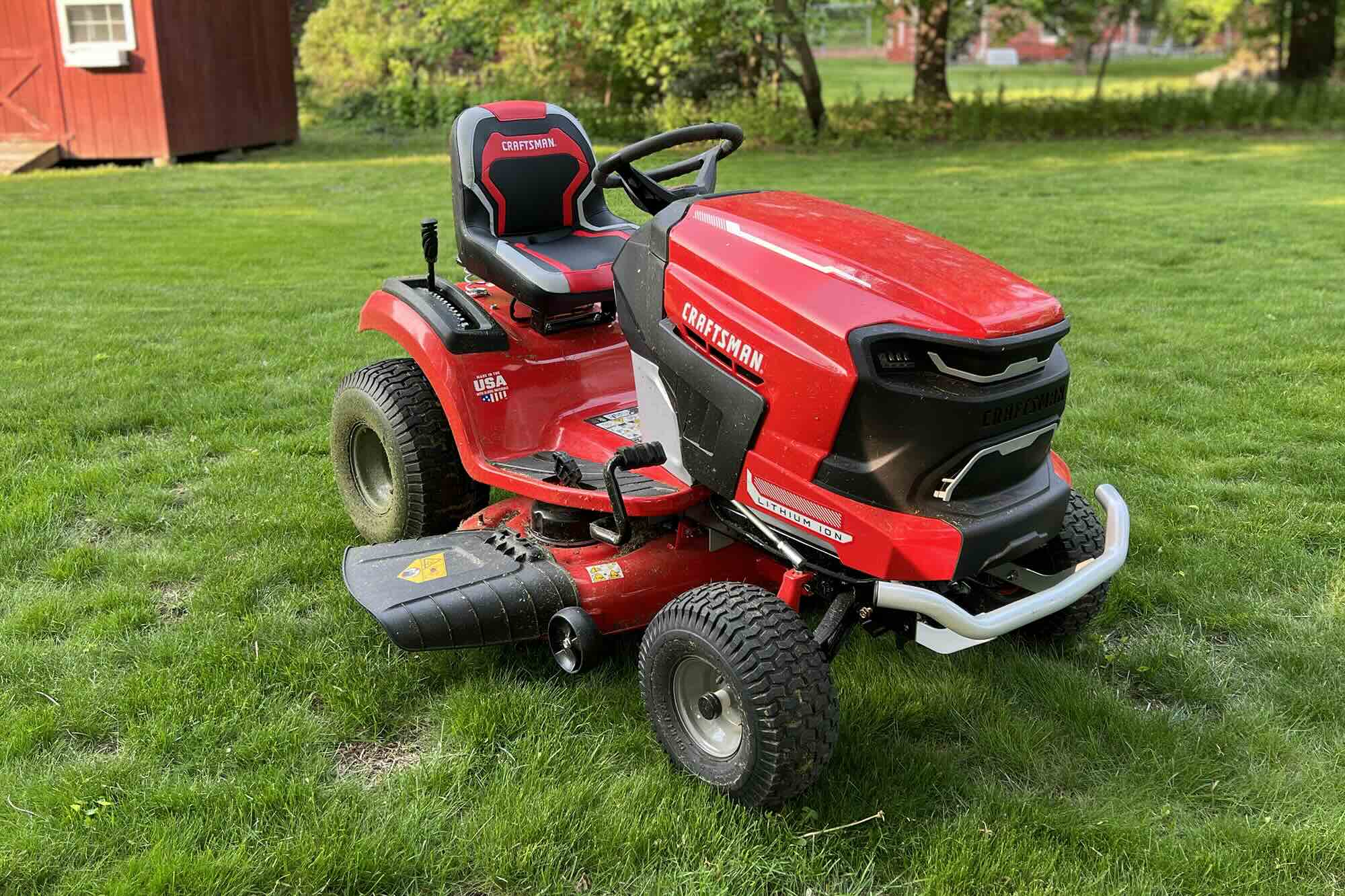
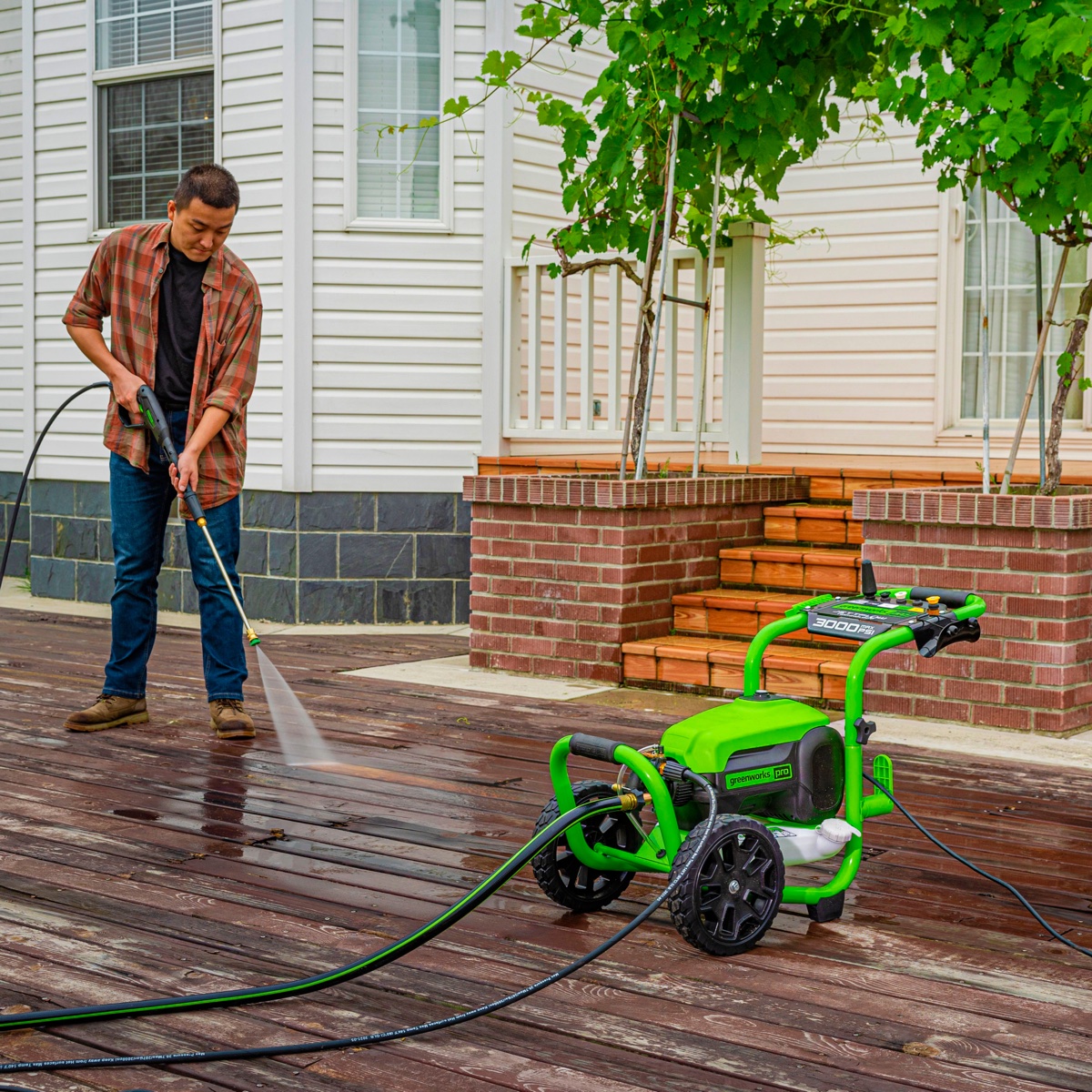
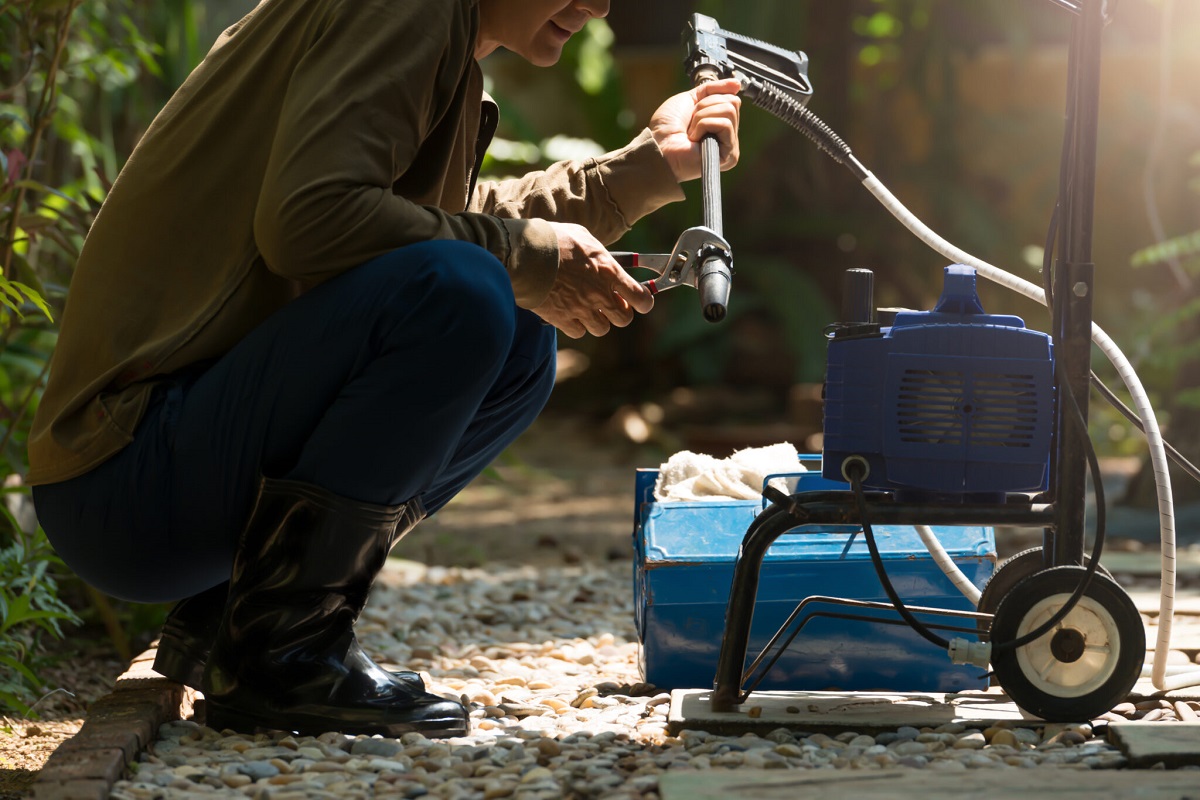
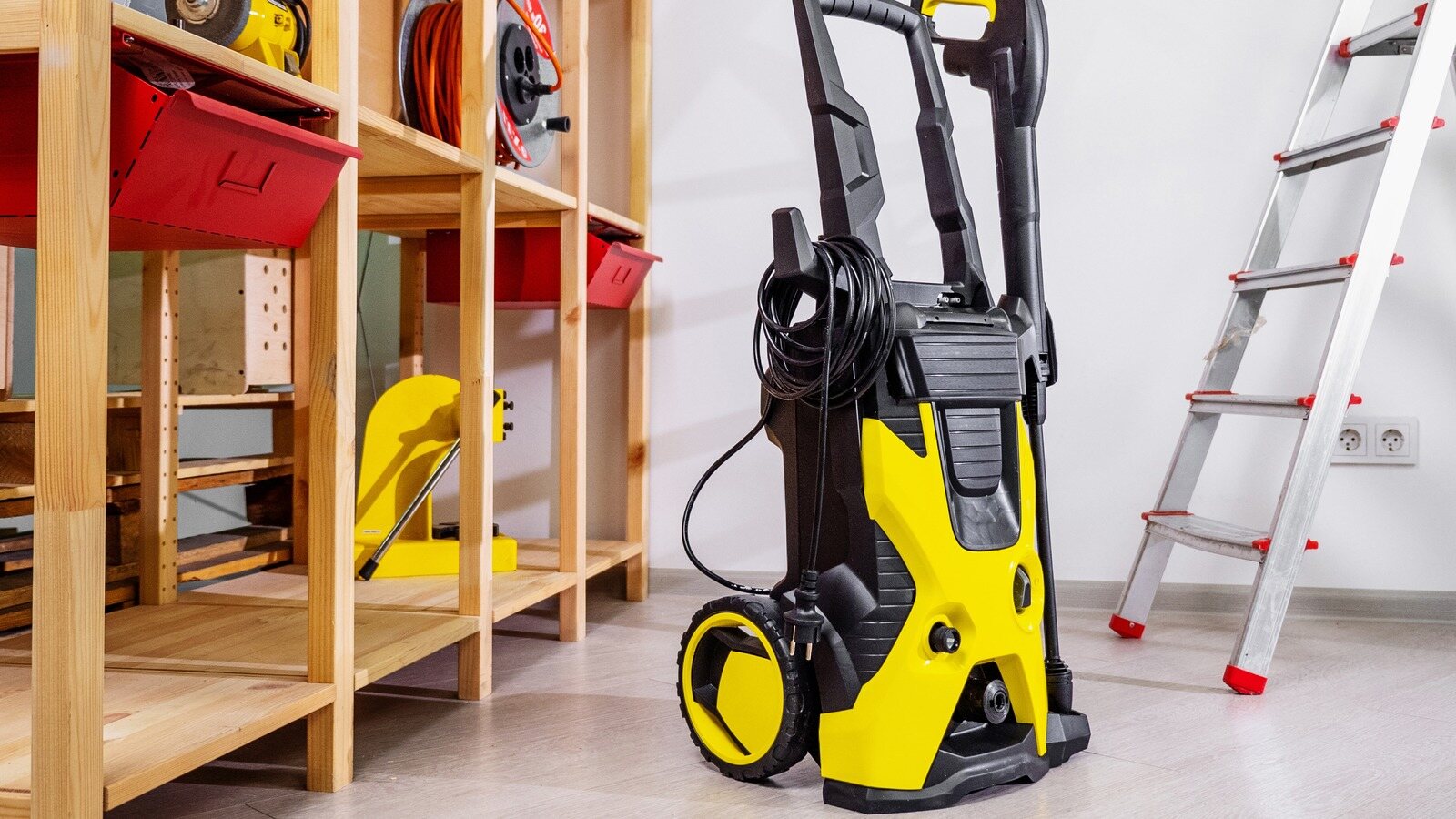
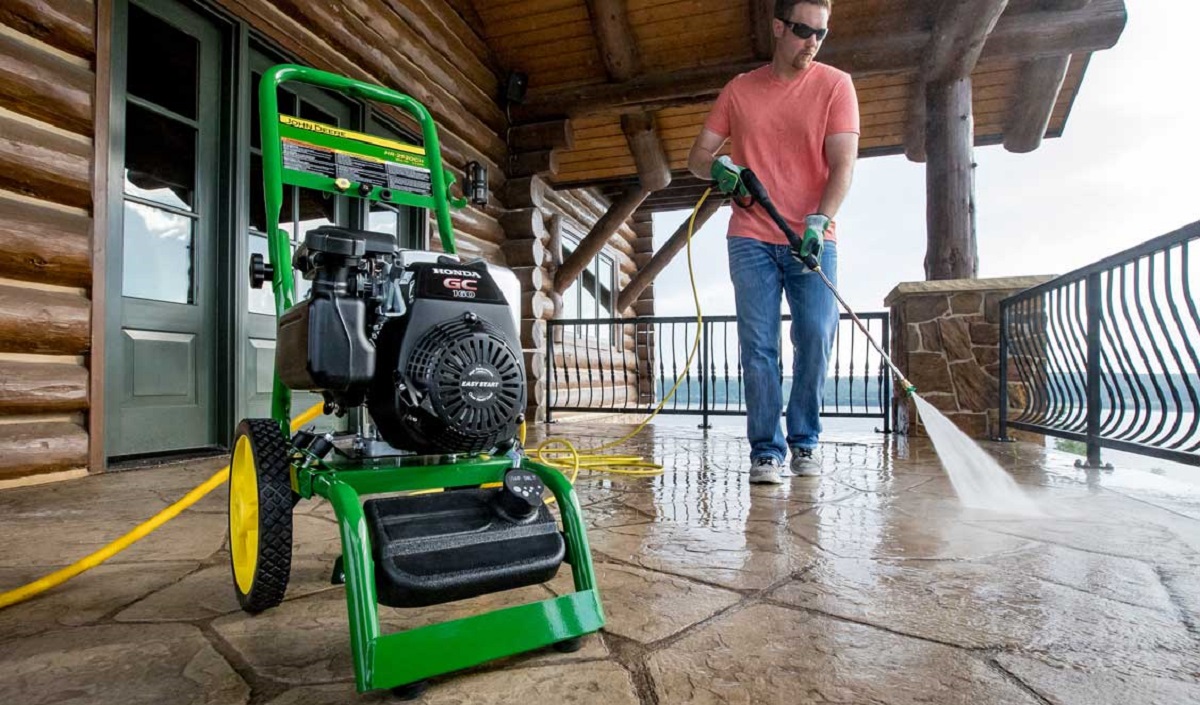
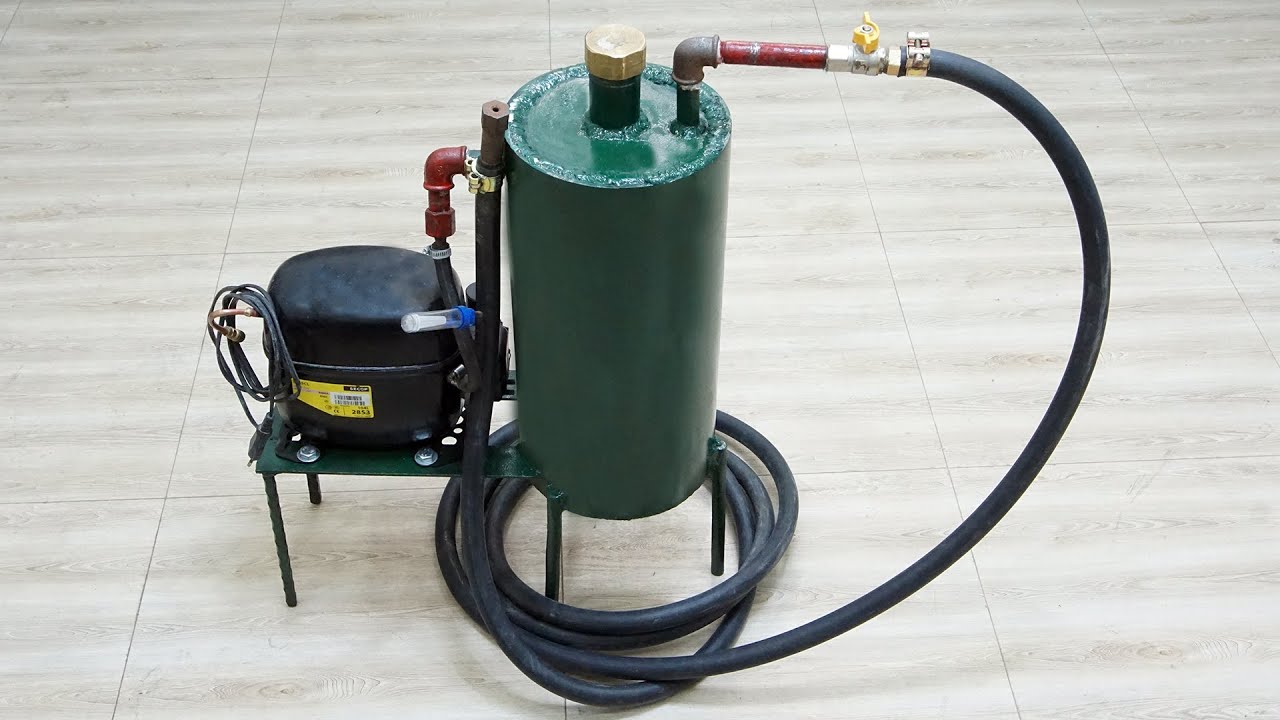
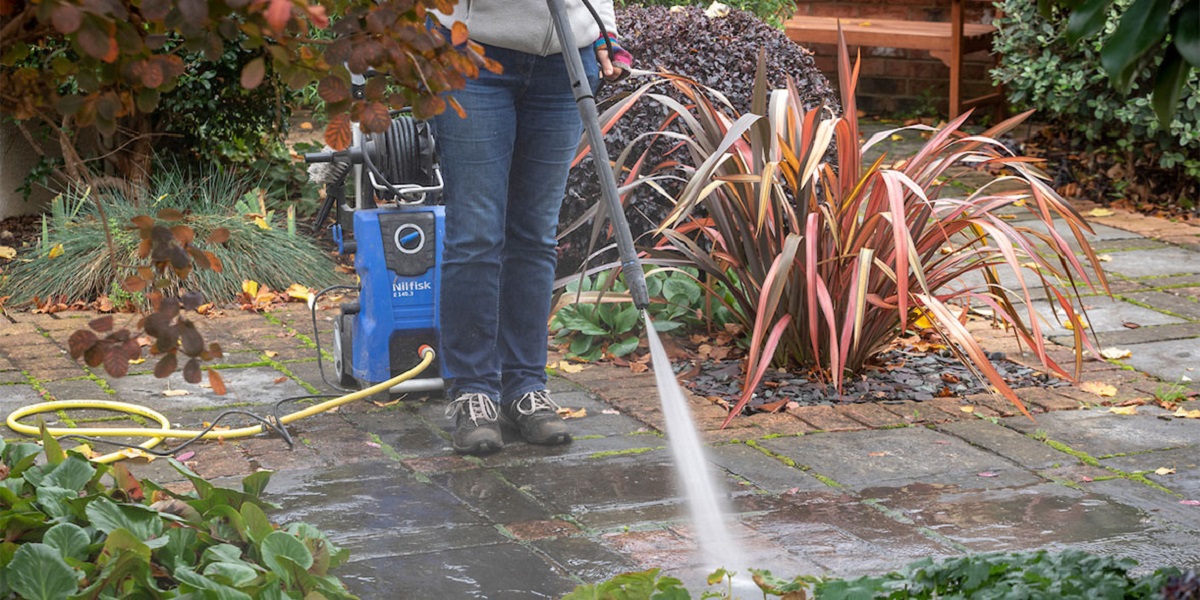

0 thoughts on “How To Change Oil In A Pressure Washer”